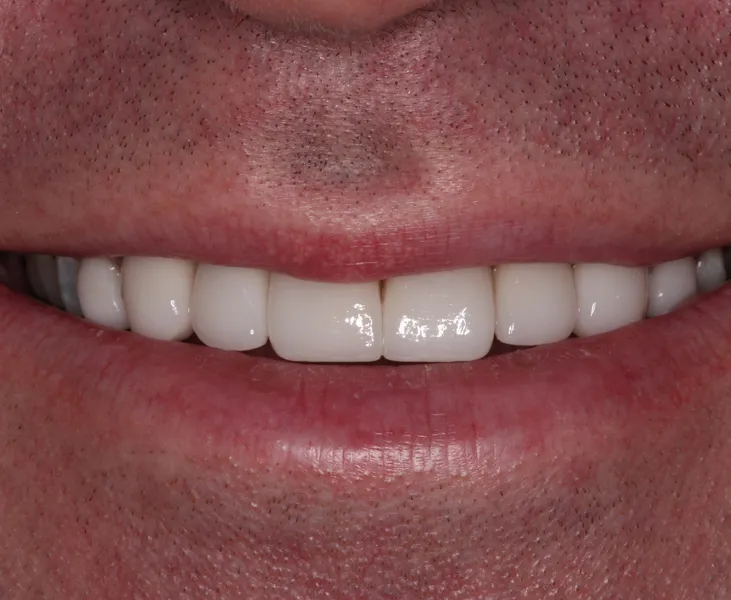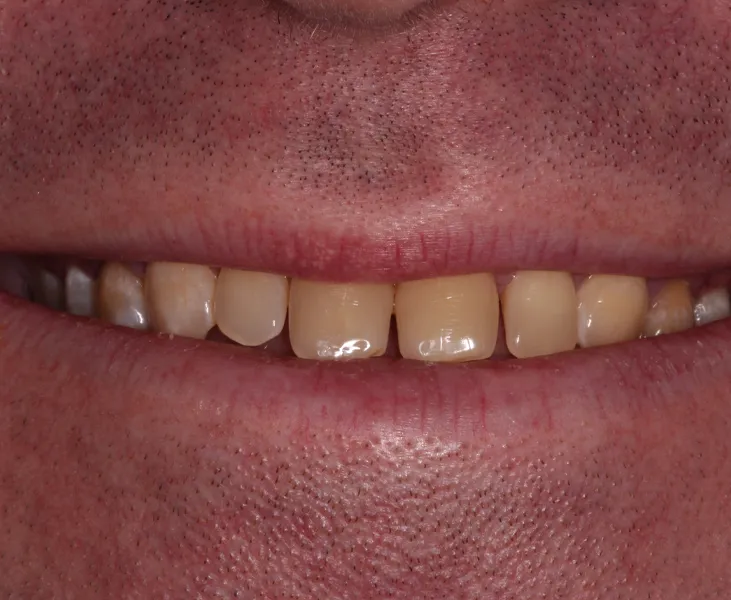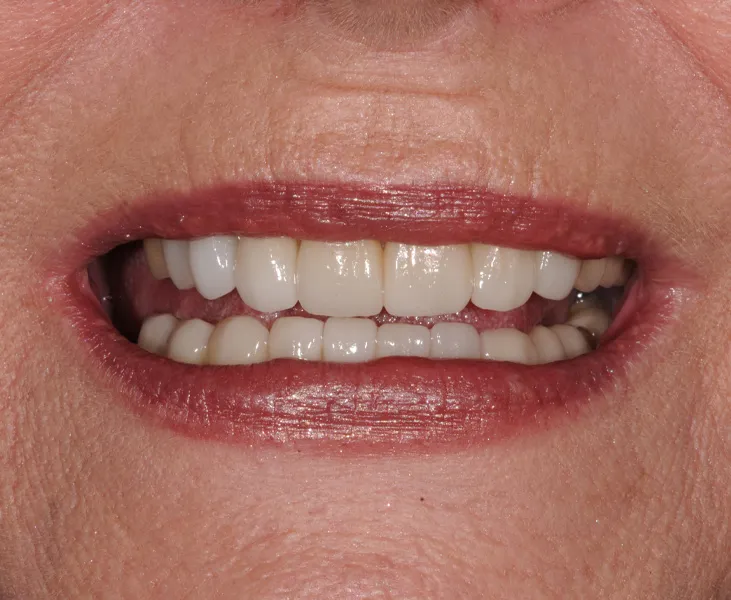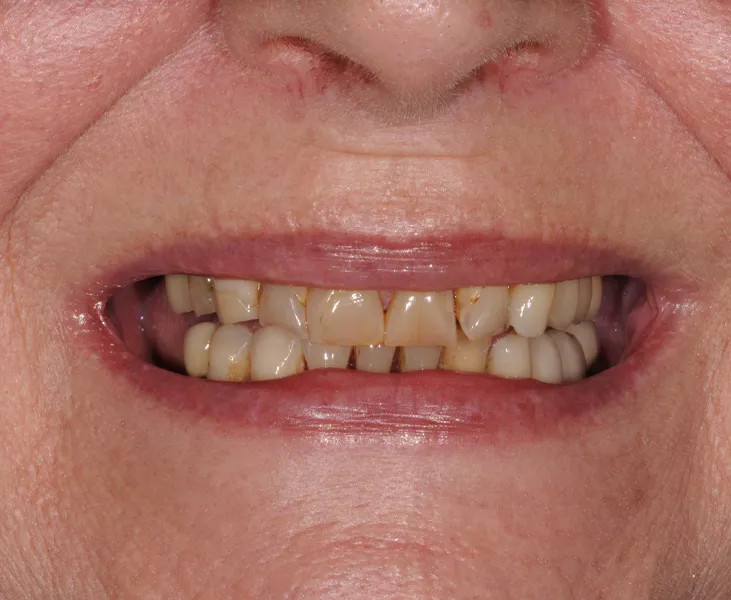Regular sessions over 2-3 months
Prevents periodontal disease
Treatment dependent
Long-term results

Why Periodontics?
Periodontics is the field of dentistry that focuses on the structures, consisting of the bones and tissues, surrounding and supporting the teeth. Periodontal diseases affect your gums and gradually damage your auxiliary dental tissues.
Plaque built-up due to poor oral hygiene is the primary cause of gum problems. Smoking, chewing tobacco, hormonal changes, certain diseases and medication can aggravate the issue.
What To Expect During Your Appointment
At Trinity Dental Practice, our Dentist with special interest in periodontics can provide an assessment, design a treatment plan addressing your dental situation, manage the case, review your progress and help you to regain a state of good oral health. The periodontal treatment required could be non-surgical.
Scaling and root planing – plaque and tartar in the periodontal pockets are carefully cleaned through a scaling process. Root debridement involves smoothing of the root to remove the bacterial toxins.
In many cases, these methods, along with regular maintenance, may successfully treat the periodontal disease. In cases of severe periodontitis or where the gum problems cannot be solely addressed by any of the above treatments, surgical methods may be required.
-Pocket reduction surgery – the gums are repositioned snugly around the tooth. This aims to reduce the depth of the periodontal pockets and decrease the areas where the bacteria can thrive.
-Guided tissue regeneration – a mesh-like fabric fragment is inserted between the gum tissue and bone to prevent unwanted extension of the gum tissue in the bone area. It is done in conjunction with a procedure that first eliminates the bacteria. It can stimulate bone and connective tissue regrowth for better tooth support.
-Soft tissue grafting – gum tissue from another area in the mouth is used to cover the roots exposed due to the receding gums. This can restore the gum line, safeguard the tooth from decay, reduce further bone loss and recession.
If you would like further information, click here or request an appointment by calling 020 8767 0128

FAQS
What is gum disease?
The inner layer of the gum pulls away, forming small spaces around the tooth. Plaque spreads below the gumline and these pockets can become infected with bacteria. If the disease progresses, the bone and connective tissues that secure the teeth are further degraded by the bacteria. This can loosen the tooth and cause deterioration of the jaw bone and eventually tooth loss.
What are some common signs and symptoms of periodontal disease?
– Red, swollen, or tender gums
– Bleeding gums, especially during brushing or flossing
– Persistent bad breath or a bad taste in the mouth
– Receding gums or teeth appearing longer
– Loose or shifting teeth
– Changes in the bite or the way the teeth fit together.
How is periodontal disease treated?
In more advanced stages, non-surgical treatments like scaling and root planing (deep cleaning) or surgical interventions like flap surgery, bone grafting, or guided tissue regeneration may be required. The specific treatment plan is determined by a periodontist based on the individual’s condition.
Can periodontal disease be prevented?
Regular dental check-ups are also crucial as they allow the early detection and treatment of any gum disease. Avoiding tobacco use, eating a balanced diet, and managing stress levels can also contribute to maintaining healthy gums.
What is the relationship between periodontal disease and overall health?
Maintaining good oral health, including regular visits to a periodontist, can help reduce the risk of these associated health problems.









